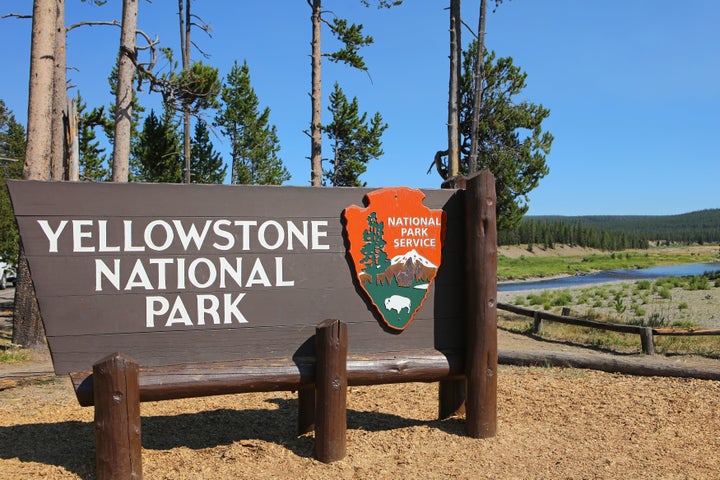
Wyoming officials have approved the state’s first grizzly bear hunt in more than 40 years, allowing for up to 23 bears to be killed this fall.
The unanimous vote by the Wyoming Game and Fish Commission came less than a year after the grizzly bear population in and around Yellowstone National Park lost federal protection under the Endangered Species Act.
The hunting season is slated to open in September. One permitted hunter at a time will be allowed to harvest a total of up to 11 bears, including one female, in a core grizzly habitat outside Yellowstone and Grand Teton national parks known as the Demographic Monitoring Area. Another 12 bears, either male or female, can be harvested outside that core habitat area.
“Grizzly bears are the essence of wildness and they’re the soul of the greater Yellowstone ecosystem.”
- Bonnie Rice, Sierra Club
Dan Thompson, manager of large carnivores for the state wildlife department, said during a presentation Wednesday that the management proposal is “conservative” and based on years of scientific study of the Yellowstone population.
“Hunting is another management tool within the suite of options that we currently have for the future conservation of grizzly bears,” he said, adding that the proposed hunt is “not going to negatively impact the overall population of grizzly bears.”
There was very little discussion among the commissioners ahead of the vote.
“While we don’t always agree on everything, I think we can agree the grizzly bear is a wonderful animal and we are very fortunate to have him in the state,” said commissioner Peter Dube.
In June of last year, more than four decades after the species was listed as endangered, federal authorities announced that Yellowstone grizzlies had recovered to the point that they no longer required federal protection. The Interior Department estimates the population to be around 700 bears ― up from as few as 136 in 1975 ― and has said multiple factors indicate it “is healthy and will be sustained into the future.”
“This achievement stands as one of America’s great conservation successes; the culmination of decades of hard work and dedication on the part of the state, tribal, federal and private partners,” Interior Secretary Ryan Zinke said at the time.
More than a dozen Native American tribes and activists sued the federal government in late June, arguing that lifting endangered species protections would violate tribal religious beliefs. The Northern Cheyenne Tribe and several conservation nonprofits, including the Sierra Club and the Center for Biological Diversity, filed a separate complaint in August in an effort to restore ESA protections for the bears.
Grizzlies inside Yellowstone remain protected. As soon as they leave the park area, though, they are under the jurisdiction of the states of Montana, Idaho and Wyoming. Montana opted to forego a grizzly hunting season in February, citing ongoing litigation and other risks. Meanwhile, Idaho voted to allow one hunter to harvest a single bear this fall.

Bonnie Rice of the Sierra Club was among those who urged the Wyoming commissioners not to approve the hunt.
“Grizzly bears are the essence of wildness and they’re the soul of the greater Yellowstone ecosystem,” she said.
But Charles Price, a rancher and former member of the commission, said, “If we want [grizzly bears] to be biologically and socially acceptable to the people of Wyoming, then we must manage them.”
Although the Yellowstone population has bounced back, conservationists worry about the threat of climate change and say sport hunting could severely impact the long-term survival of the species. Grizzlies have an extremely slow reproduction rate. Additionally, the seeds of white bark pine, a high-elevation tree that has been severely impacted by disease, insects and climate change, are an important food source for Yellowstone grizzlies.
Wyoming “ignored concerns raised by Wyoming residents and national park supporters across the country by approving its destructive grizzly hunting plan,” according to Bart Melton, the Northern Rockies regional director for the National Parks Conservation Association.
“This hunt follows a flawed removal of federal protections for the great bears that we fear will result in fewer bear sightings by visitors and increased risk for future of this species that was not so long ago at the brink of extinction,” he said in a statement following Wednesday’s vote.
This story has been updated with additional comments from the meeting and reaction to the vote.
